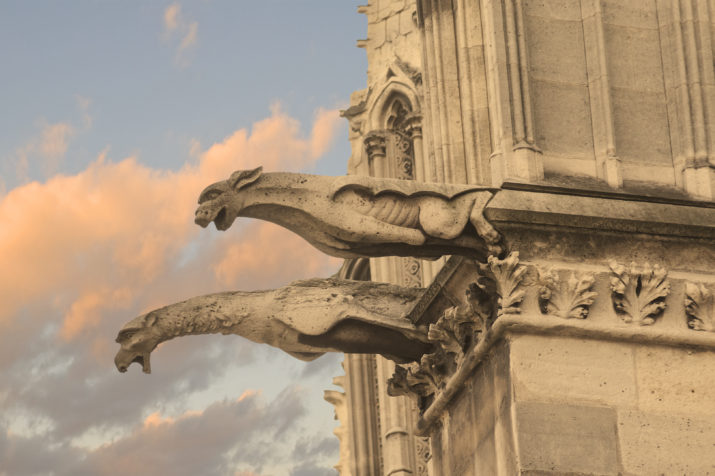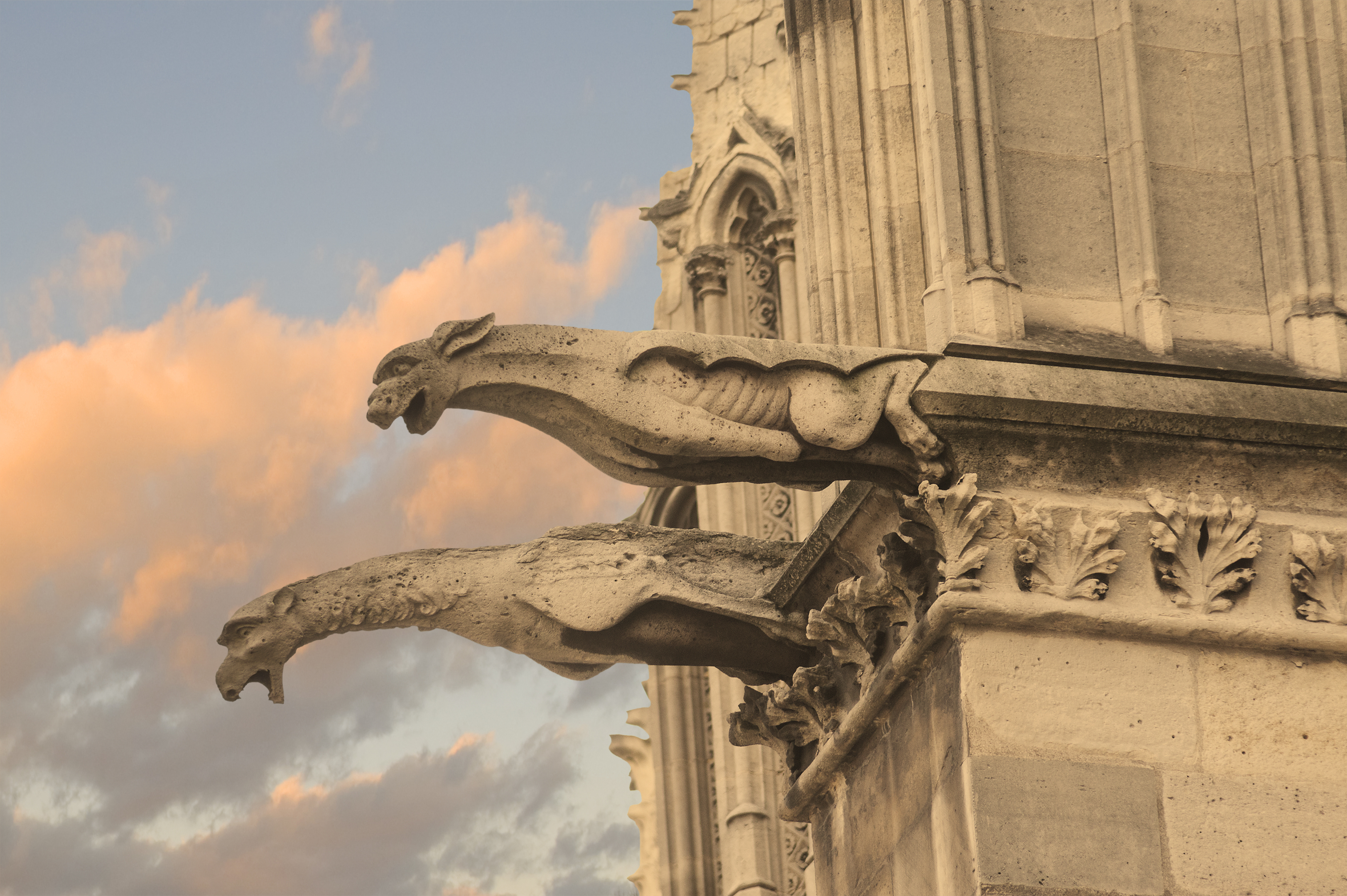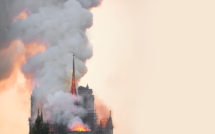

An introduction to our roundtable on Notre-Dame de Paris.
On September 30th, the distinctive sound of Notre-Dame’s bourdon was heard throughout the heart of Paris for the first time since the devastating April fire. It was upon request from President Macron that “Emmanuel” – the second largest church bell in France (13 tons) – was rung as a final homage to recently-deceased Jacques Chirac on the day of his state funeral. Chirac had served as President of France, but perhaps more importantly for Parisians, also as Mayor of Paris during close to two decades. Another powerful symbol lies in the fact that, for the first time since the liberation of Paris at the end of WWII, the bell was activated manually by rope. In the absence of electricity at Notre-Dame since the fire, an expert bell ringer was dispatched by the Ministry of Culture to toll the bell, which in the past has announced various exceptional events – national or international — including the fall of the Berlin Wall. As the emotional shock caused by the fire endures, Notre-Dame is once again assuming its position in the life of the city and the nation, if not the world. In spite of the damage, it has managed to keep intact its role in bringing people together in moments of collective mourning, as it has done before for other illustrious characters who had marked the collective psyche. In Paris, Notre-Dame also poses as the familiar visual landmark bridging the Right and the Left Banks on the Seine River. This story of memory, resilience, and community demonstrates that Notre-Dame is much more than a cathedral in the strictest sense, and that, over the centuries, it has transcended its function as a place of religious expression and practice for the relatively small number of French practicing Catholics, to rather become an anchor in the urban, social, cultural, and political landscape of a nation where secularism is a foundational value and anti-clericalism has taken part in its history since the Revolution.
As shown in this roundtable, the complex relationship between the monument and the context of the French State can leave people unsettled and posing questions about the implicit position of religion in France. However, the emotion that was sparked by the fire can also be envisaged through a better understanding of the history of the connection between the French, the arts, and artisanship traditions. After the fire, what immediately dominated in the public arena was the physicality of Notre-Dame, especially as reconstruction became a major stake in debates that quickly became politicized. Who would pay? Who would be called on to bid? What project could best honor the builders of the past? What did people need to see happen to recover from their sense of loss? Notre-Dame also brought to the fore difficult questions about the financial weight of heritage preservation and rebuilding in the acute context of the Gilets Jaunes crisis, philosophical interrogations about “authenticity” in the twenty-first century, inquiries about how to blend past and future architectural know-hows as to retain a certain sense of place, considerations about the place of nature in the imaginary of the city (the “forest” under Notre-Dame’s roof went up in flame), or the issues of dealing with debris and lead contamination in the arrondissements surrounding the building after the roof melted.
In this roundtable, we asked several scholars to examine some of the issues that have risen out of the Notre-Dame fire. While sharing her long-standing personal connection with the edifice, Caroline Bruzelius draws on her expert knowledge of the imposing building to explain what is to be expected in the coming years, given the state of its structure and the damage incurred by its construction materials. Darcie Fontaine highlights the symbolic value of the monument in a wider socio-political context, exploring the history of the relationship between Church and State in France, as well as the pressures on religious policies since the end of the French colonial empire. Focusing on Muslim populations in France, Carol Ferrara asks herself why the emotion triggered by the fire has been so widespread as she describes some of the tensions between French secularism, French Catholicism, and Islam. To help situate this debate in a broader European perspective, the review of James Chappel’s book, Catholic Modern, by Sean Brennan, traces the evolution of Catholicism as a political force in the face of the secularization thesis.
-
The Fire This Time: April 15, 2019 at Notre-Dame in Paris by Caroline Bruzelius
-
“The Mobilization of Identity Around Notre-Dame de Paris and the Danger of Christian Nationalism” by Darcie Fontaine
-
“The Catholic-ness of Secular France” by Carol Ferrara
-
A review of Catholic Modern: The Challenge of Totalitarianism and the Remaking of the Church reviewed by Sean Brennan
Hélène B. Ducros earned a JD (law) and PhD (human geography) from the University of North Carolina at Chapel Hill. Her research is focused on heritage-making and heritage preservation policy, as well as cultural landscape perception and attachment to place. She is Chair of Research and Pedagogy at EuropeNow and Co-Chair of the Critical European Studies Research Network at the Council for European Studies.
Photo: Gargoyles of Notre Dame cathedral in Paris | Shutterstock
Published on October 2, 2019.




